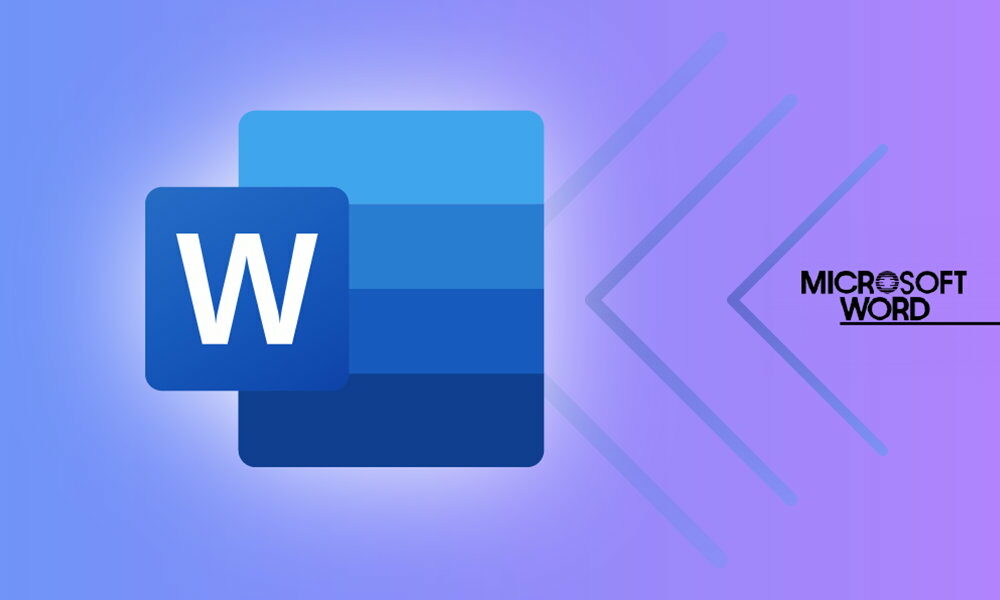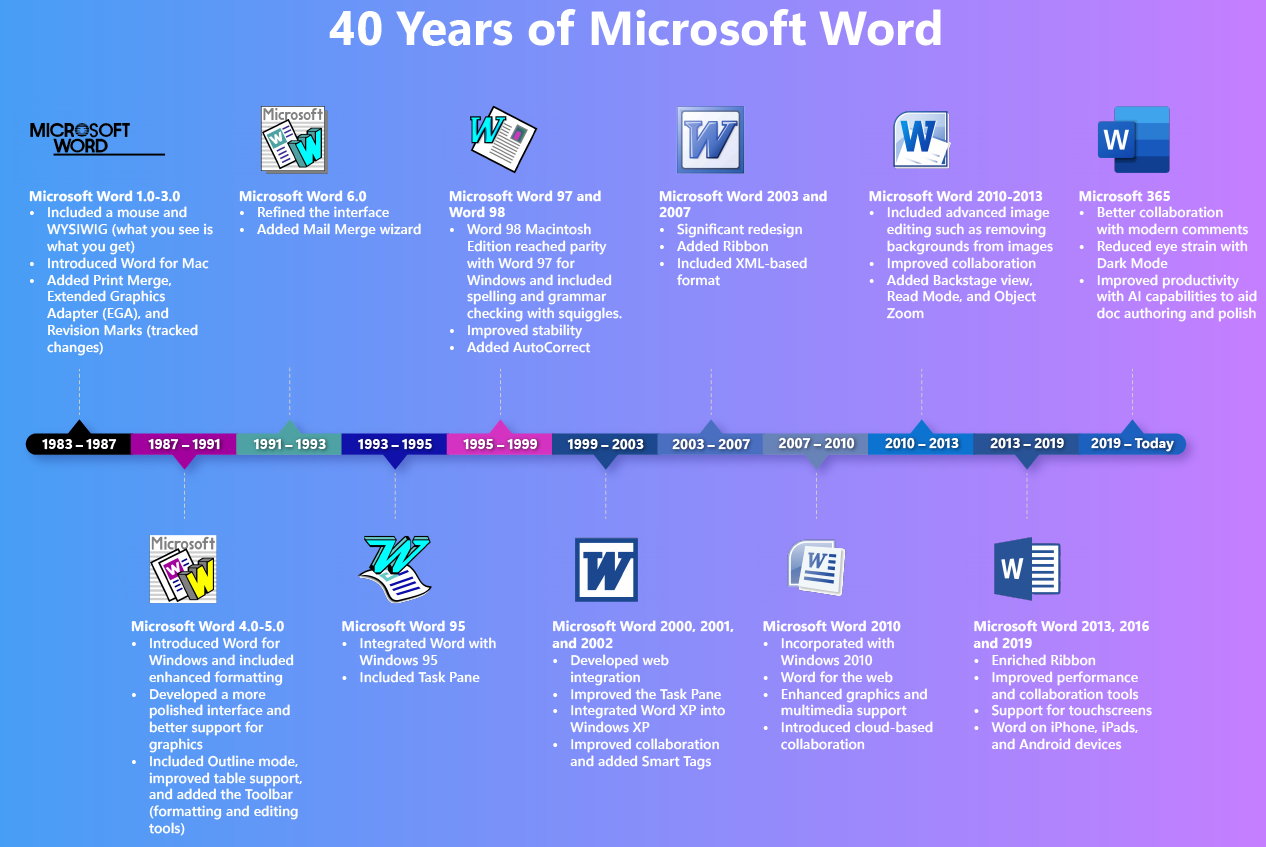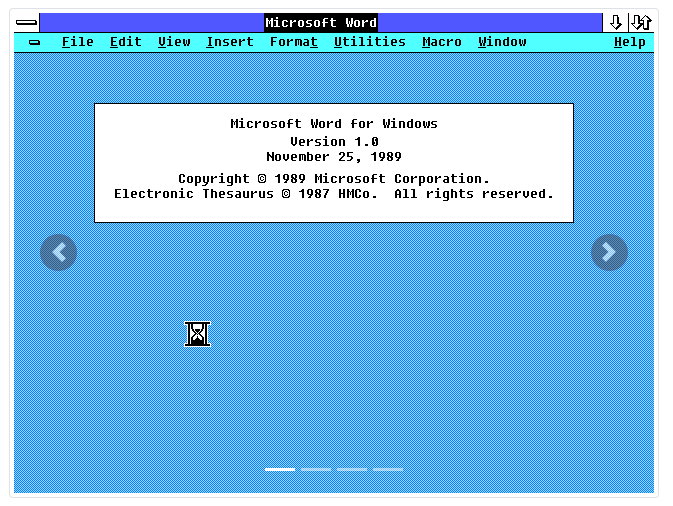
This week marks the first 40 years of the launch of Microsoft Word, the most popular word processor in the computer industry and the star application of those that make up the productivity and collaboration suite, Office, the most profitable Microsoft software today.
«From its humble beginnings, Word has become one of the most popular office tools in the world and almost everyone is familiar with it in one way or another. To celebrate its 40th birthday, we’ve decided to take a look at how we got here and also share where we’re going.”describe from Microsoft.
Microsoft Word, creation and development
He ran October 25, 1983 when Microsoft published a word processor that had little to do technically with the current version nor with the relevance it had later. Its launch barely had any interest amid more popular solutions such as Corel’s WordPerfect or WordStar and the lesser influence of Microsoft at that time, without Windows involved.
Microsoft relied on the work of Xerox PARC researchers to create Word. In that mythical laboratory The greatest innovations of the time had been created, fundamental for the development of computer science, since they created standards as important as Ethernet or laser printing; peripherals such as the mouse or features such as the graphical user interface (GUI), another fundamental development for the massive spread of personal computers and which was mercilessly copied by Apple and Microsoft for their operating systems.
At Xerox PARC they had also developed a key feature: the first WYSIWYG word processor. It was called Xerox Bravo and it represented a revolution for the segment. It must be understood that the word processors of the time were rather advanced editors. Word was also born with that vocation.
Microsoft was clear about this and with the general objective of creating a complete office suite, it hired Xerox developer Charles Simonyi to create the suite’s applications. Since it was essential to develop a word processor, he also hired another Xerox engineer, Richard Brodiewith which he began to develop the so-called «Multi-Tool Word«.
The first 5 major versions of Microsoft Word barely changed its original appearance. Since they did not have a graphical interface, since they were based on MS-DOS, the objective was to compete with WordStar (the leader of the time) or Corel’s WordPerfect. Curiously, the first version of Word for Mac did have a graphical interface, which allowed us to see the future of the application.
The launch of the first Windows was key to the development of Word. Although the MS-DOS versions were active and increasingly used, Word for Windows 1.0 from 1989 already used the mouse even in the console environment that offered things like underlines, bold, and italics in a text-mode interface, which which was considered an achievement for the time.
From then on, Word’s momentum was unstoppable., as well as the Office suite where it was included along with other popular ones such as the Excel spreadsheet or the one intended for PowerPoint presentations. The arrival of graphical interfaces to Windows operating systems or the toolbar were already defining the future of Word, until the radical change in access to menus brought about by the ribbon arrived. Ribbon.
Recent history is better known and the biggest change has come from its distribution model, from the local version (which has an expiration date) to the cloud version Office 365 (today Microsoft 365) has become not only the leader in its segment but also in professional cloud services.
On the 40th anniversary of Word we cannot end without talking about the controversy around its formats and its use by Microsoft to dominate the market. DOC (like XLS or PPT) became the de facto standard in the face of protests from competitors coming from open source. The battle was bloody and – at least – achieved the standardization of the open ODF format and Microsoft’s reaction with the launch of OOXML.
In practice, Microsoft won the war and the promised interoperability is not as complete as would be necessary. Of course, there are alternatives to Microsoft Word and Microsoft Office, as competent as what comes from LibreOffice, which in addition to being open source software is completely free.
Future of Microsoft Word
The company has taken advantage of the anniversary to point out what we can expect in the future of Microsoft Word: “As we look to the future, we are committed to carrying the torch and building on the foundation that was laid in 1983. Our unwavering focus is on ensuring that Word grows to support users as they complete any writing and reading task, from the simplest to the most complex, in the most efficient way possible».
To this end, they say they are investing in several areas, such as:
- AI for Word with the inclusion of the Copilot assistant that will bring fundamental changes to the writing and reading experiences.
- Word for the web. The basic version of the editor is going to be improved as a creation tool for mass consumption.
- Better together. Collaboration will be another point of improvement, to convert to Word “in place to efficiently create, edit and review content, no matter where you are, who you’re working with or what device you’re using”.
- Personalization Engine. A commitment to giving Word developers the tools and capabilities they need to “create amazing experiences and support personalized workflows”.
- Word as your favorite consumer application. «It’s not just about content creation. Word is a great place to read the documents that matter to you, on any device, wherever you are.».
And cloud. Lots of cloud and the corresponding subscription service. Microsoft published Office 2021 as a version of the independent suite, for local work and with a perpetual license. But the future of the suite (and of Microsoft Word) does not lie there. Its launch was more of a compromise than a solution. A commitment, perhaps, to not leave even a millimeter of space for the aforementioned alternatives and thus maintain development as a de facto standard.
The company maintains a total commitment to its cloud services and Microsoft 365 is the ideal home for Word today. In fact, it is difficult to say whether the company will release a new local version again.





